Computational Thermochemistry of Pathways Toward Synthesis of Uranium Nitride
Principal Investigator
- Name:
- Michael Miller
- Email:
- [email protected]
- Phone:
- (208) 526-6918
Team Members:
| Name: | Institution: | Expertise: | Status: |
|---|---|---|---|
| Brad Baker | |||
| Brian Tobie |
Experiment Details:
- Experiment Title:
- Computational Thermochemistry of Pathways Toward Synthesis of Uranium Nitride)
- Hypothesis:
- The U.S. Department of Energy, along with research institutes around the world, have become motivated by recent events to focus on creating more accident-tolerant fuel (ATF) forms. Research on the properties of high uranium density ATF compounds such as uranium nitride (UN) have been conducted, but the synthesis of UN from SF6 and ammonia feedstocks remains elusive because the thermochemistry and plethora of intermediate compounds along favorable reaction pathways are poorly understood.
- Work Description:
- Servicing the aim of the stated hypothesis, the proposed work seeks to leverage INL’s high performance computing resources to efficiently compute and map the thermochemical landscape of possible reaction pathways leading to the formation of UN, initially via the primitive reaction scheme given below (see Scheme I in attachment): UF6 (g) --> UF4 (g) + 2F (1) UF4 (g) --> UF4 (s) (2) UF4 (s) + 6NH3 (l) --> UN2 (S) + 4NH4F (s) + H2 (g) (3) UN2 (s) --> UN + N (4) This primitive scheme does not include the manifold of intermediate species that may potentially play a role in the reaction of UF4 with ammonia at high temperatures. For example, intermediates such as N2H5F, U3H4NF13, and U6H28N7F31 are three out of 14 potential species that may occur in the ammonia reaction with little knowledge of their abundance or thermochemistry (see Figure 1 in attachment). Computational Methods: First principles computational methods at the level of density functional theory (DFT) and Hartree-Fock (HF) will be employed to compute the electronic structures and energies (ground and excited state) of reactants, products, and intermediates of both the gas phase and solid-state species (where applicable). Advanced basis sets for the exchange-correlation (XC) relativistic corrections will be invoked for solid-state species by implementing the density-gradient expansion for XC functionals of Perdew, Burke, and Ernzerhof (PBEsol). In all species involving fluorine atoms, double zeta basis with polarization and diffuse functions (6-31 + G*) will be used for fluorine atoms. To optimize accuracy, at least two basis sets will be invoked for uranium atoms using the relativistic effective core potential (RECP) constraint in combination with DFT: Christiansen-Ross-Ermler-Nash-Bursten (CRENB) and LANL2. Thermochemical Calculations: Enthalpies will be computed at 0 K (H0) as the sum of electronic and zero-point energies (ZPE), along with the theoretical atomization energies (TAE) for gas-phase molecular species. The enthalpies and free energies of formation for each species at 0 K (delta.f H0, delta.f G0) will be derived from the TAE and experimentally determined formation enthalpies of the elemental species; the computed entropies will be further used to calculate the free energy values. These energies will then be extrapolated to higher temperatures by adding thermal enthalpy corrections to the zero Kelvin values to account for translational, rotational, and vibrational degrees of freedom of each gas-phase species. Phonon modes of the solid-state species will be computed for enthalpy corrections. Sublimation energies for the solid-state species will also be computed by building slab models of the solid-state species and computing the total energies for the initial (intact) and final (surface defect) configurations. The final configurations will be constructed by removing the gas-phase molecular species from the surface of the slab model, followed by molecular dynamics (MD) simulations under the canonical ensemble (NVT) to evolve an energy-minimized slab configuration brought about by surface reconstruction of the defect. The computed energies for these slab models and the gas-phase species will then used to calculate the sublimation energy. Once the formation energies are derived through the computational methods described above for all species (including the intermediates), they will be mapped onto an energy grid for different isotherms, culminating in a key data product of this effort. Reaction enthalpies and free energies will then be calculated from this grid to search for, and discover, thermodynamically favorable pathways leading to the formation of UN.
Project Summary
The proposed work seeks to leverage INL’s high performance computing resources to efficiently compute and map the thermochemical landscape of possible reaction pathways leading to the formation of uranium nitride (UN) – a candidate accident tolerant fuel (ATF) of high uranium density. The reaction pathway under study involves SF6 as the starting feedstock and the ammonolysis of SF4, with both gas phase and heterogeneous reactions occurring at elevated temperatures. This effort will employ ab initio and molecular dynamics (MD) computational methods, along with advanced basis sets for relativistic corrections, to compute and map the enthalpies and free energies of formation for all species corrected for extreme temperatures, including all possible intermediates. Reaction enthalpies and free energies will then be calculated from this grid to search for, and discover, thermodynamically favorable pathways leading to the formation of UN. The thermochemical data will accelerate the discovery of viable pathways leading to UN formation that otherwise are impractical and time consuming to determine experimentally. A six-month period of performance is proposed to complete the project.
Relevance
The proposed computational effort is consistent with the DOE-NE strategic vision under Goal 1 Performance Indicators, seeking “By 2025, begin replacing existing fuel in U.S. commercial reactors with accident tolerant fuel.” Commercial viability and widespread implementation of UN as an accident tolerant fuel form will depend largely on a scalable and cost-effective synthetic route for its production. The thermochemical data to be determined using advanced ab initio computational methods corrected for extreme thermal conditions will accelerate the discovery of thermodynamically viable pathways leading to UN formation that otherwise are impractical and time consuming to test experimentally. This effort is being pursued under a collaborative DOE-NE sponsored partnership among industry (Westinghouse), university (UTSA), U.S. national laboratory (LANL), and private non-profit (SwRI) entities to qualify new fuels and achieve the 2025 goal.
Please wait
About Us
The Nuclear Science User Facilities (NSUF) is the U.S. Department of Energy Office of Nuclear Energy's only designated nuclear energy user facility. Through peer-reviewed proposal processes, the NSUF provides researchers access to neutron, ion, and gamma irradiations, post-irradiation examination and beamline capabilities at Idaho National Laboratory and a diverse mix of university, national laboratory and industry partner institutions.
Privacy and Accessibility · Vulnerability Disclosure Program

